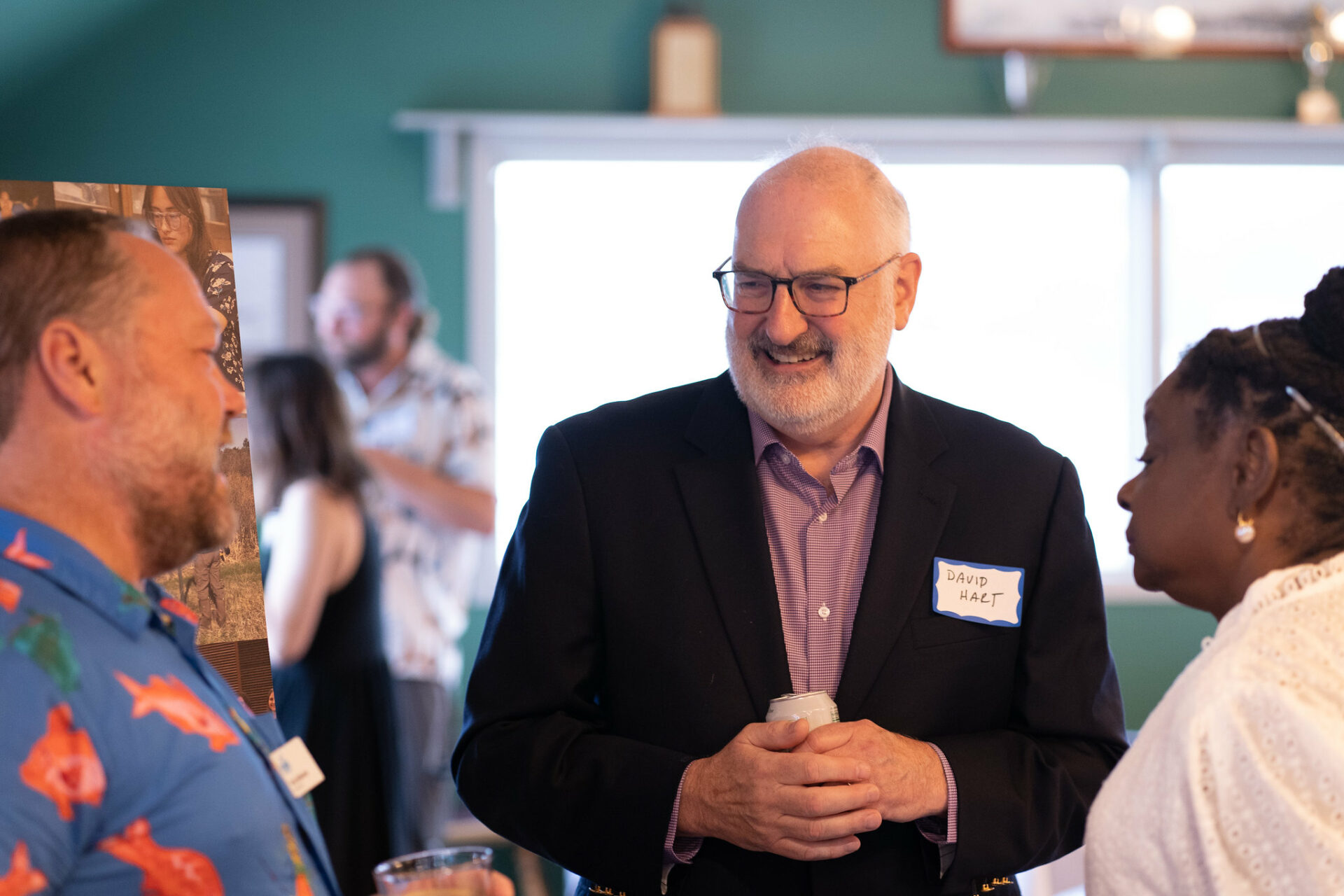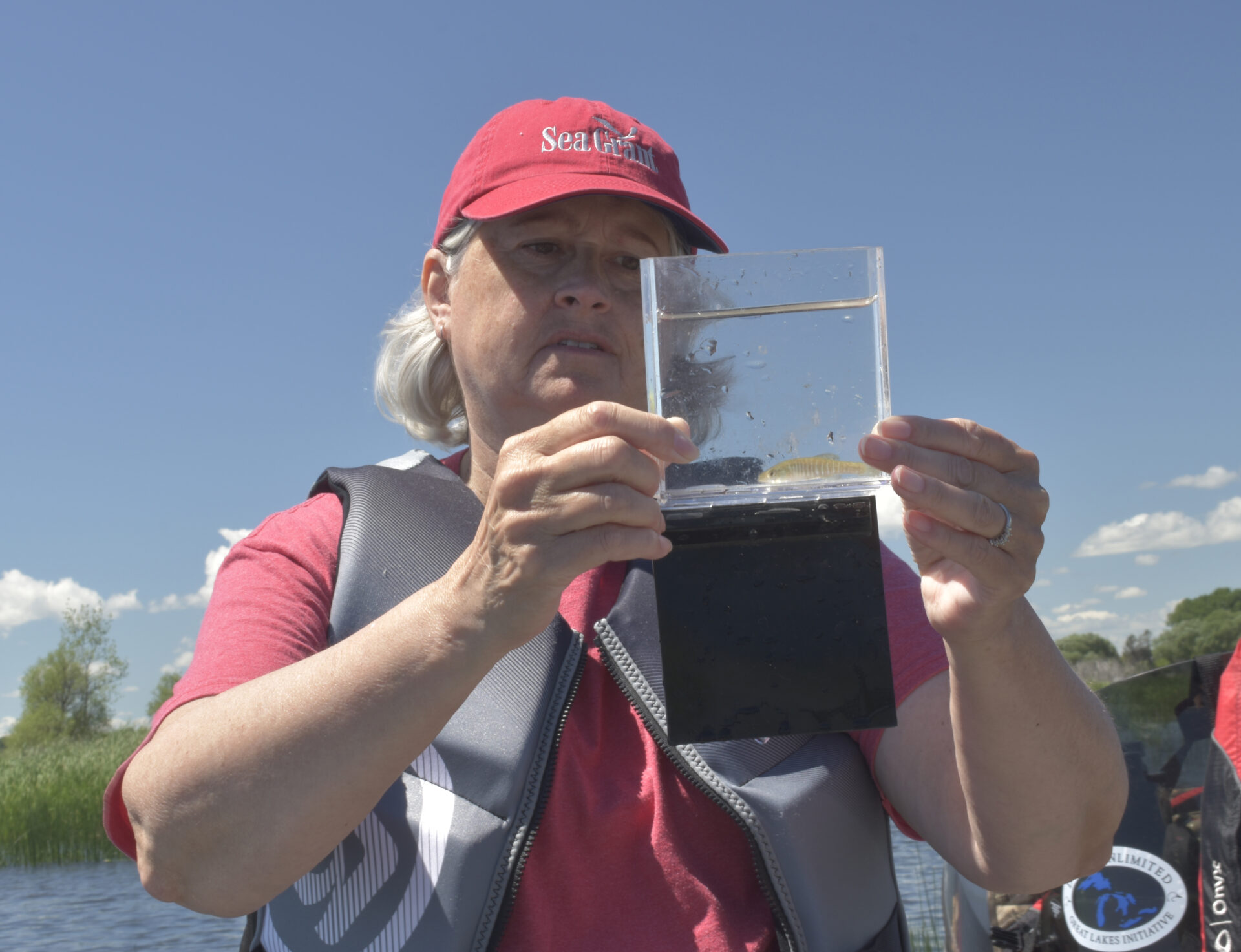The Walter E. Olson Memorial Library will host a traveling photo display on Wisconsin water, created by the University of Wisconsin Sea Grant College Program and University of Wisconsin Water Resources Institute. The exhibit will be on display throughout June at 150 E. Hospital Road, Eagle River. This location is diagonally across the street from the Eagle River Hospital.
The photo display explores water in Wisconsin and its deep connection to the economy, the environment and residents’ health. Wisconsin boasts 15,000 lakes, more than 5 million acres of wetlands and 1.2 quadrillion gallons of groundwater. In addition, Wisconsin adjoins the Great Lakes, which contains 20 percent of the world’s surface fresh water.
The library’s Pat Lamon welcomes the exhibit that shares information about research, education and outreach aimed at studying and promoting the shared and sustainable use of Wisconsin’s water. Among other things, this involves projects that battle the spread of invasive species and promote safe recreation for water sports enthusiasts.
The library will present “Clean Boats, Clean Waters” at Silver Lake Beach from 5:30 to 7 p.m. on Thursday, June 16. Cathy Higley, invasive species coordinator, Vilas County Land and Water Department, and Lamon will present the program. It will be for all ages and families are welcome. The library has also borrowed one of the Wisconsin Water Library’s “Attack Packs” to use in the presentation program, as well as in other STEM activities for kids during June. Finally, library staff hope to have a display of the 2016 Northwoods’ Invasive Species Poster Contest winners. Staff further plan to invite members of the public to submit their favorite water photos for display in the halls of the library.
James Hurley, director of Wisconsin Sea Grant and the Water Resources Institute, is excited for Eagle River residents and visitors to explore the state’s water assets through the display. “As a water researcher, I have studied the impact of mercury on Wisconsin’s northern lakes and the Great Lakes. I am proud of the diverse projects across the state that our two programs undertake to improve the health and sustainability of our water. The display provides a great opportunity to learn about the role of water in our lives and to think about how we can be good stewards of an important shared resource.”
In addition to the exhibit, STEM curriculum kits and educational aquatic invasive species “Attack Packs” are available for parents and educators to borrow through the library.





